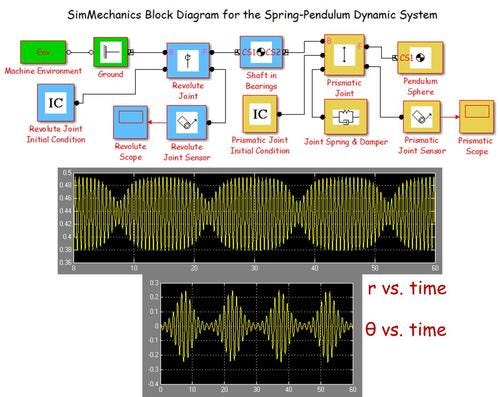What if You Couldn’t Parallel Park Your Car?
August 19, 2013

It's rush hour in the city and you are searching for a parking spot. Once you find one, you will have a brief moment to pull up and back your car in. With automated parallel parking -- no problem -- but with horns blaring, what is your back-up plan if the automated system fails? Could you take over and park the car flawlessly? Have you ever done that? Could you even do that now?
In engineering, we are depending more and more on computer tools to model and analyze the systems we conceive. If we do not use these tools correctly, if the assumptions on which these tools are based do not match our needs, or if the tools have a bug, could we take over and apply basic mathematics and physics to the problem at hand?
Increasingly, the answer is no. We are becoming a profession of computer tool users and some boast that they are free from the unnecessary details of mathematics and physics. In this scenario, there is no back-up plan. You wouldn't even attempt to park the car, and if you did, you would fail miserably. In engineering, there is much more at stake than simply losing a parking place.

Here is an example of what I am talking about. The spring-pendulum dynamic system shown combines the two simplest mechanical dynamic systems there are: the simple pendulum and the simple spring-mass. The combination is anything but simple and the behavior is mystifying and unexpected.
There are two approaches to model and analyze this dynamic system. They are complimentary and both are essential. The first is to apply Newton's Second Law to a free-body diagram of the pendulum mass (neglecting friction) -- recognizing that the absolute acceleration of the pendulum mass has both radial components (radial and centripetal accelerations) and theta components (tangential and Coriolis accelerations). The resulting nonlinear equations of motion are coupled and predict a nonlinear resonance for specific values of the pendulum mass, spring length, and spring constant (as shown in the plots) that cannot be predicted by linearizing the equations of motion. This phenomenon occurs in many dynamical systems, e.g., satellites, ships, airplanes, buildings, and machines.


The second approach is to use an icon-based modeling and simulation tool like SimMechanics from The MathWorks. The SimMechanics diagram consists of blocks representing rigid bodies and joints, along with blocks for sensors, initial conditions, and scopes.
Both approaches predict the same model responses to various initial conditions. Which approach gives the most insight into this unexpected behavior? Which approach is easier to develop and implement? Which approach is easier to communicate? If the block diagram approach gives results that are unexpected, how does an engineer decide if the results are accurate and not the result of incorrect block parameters, or even an incorrect diagram structure? Only a balanced approach leads to complete understanding.
So if the automatic parallel-parking system in your car fails, will you take charge and park the car yourself, or will you blame the computer and give up? The answer tells what kind of an engineer you are.
Related posts:
About the Author(s)
You May Also Like



